PUNCH in SPACE!
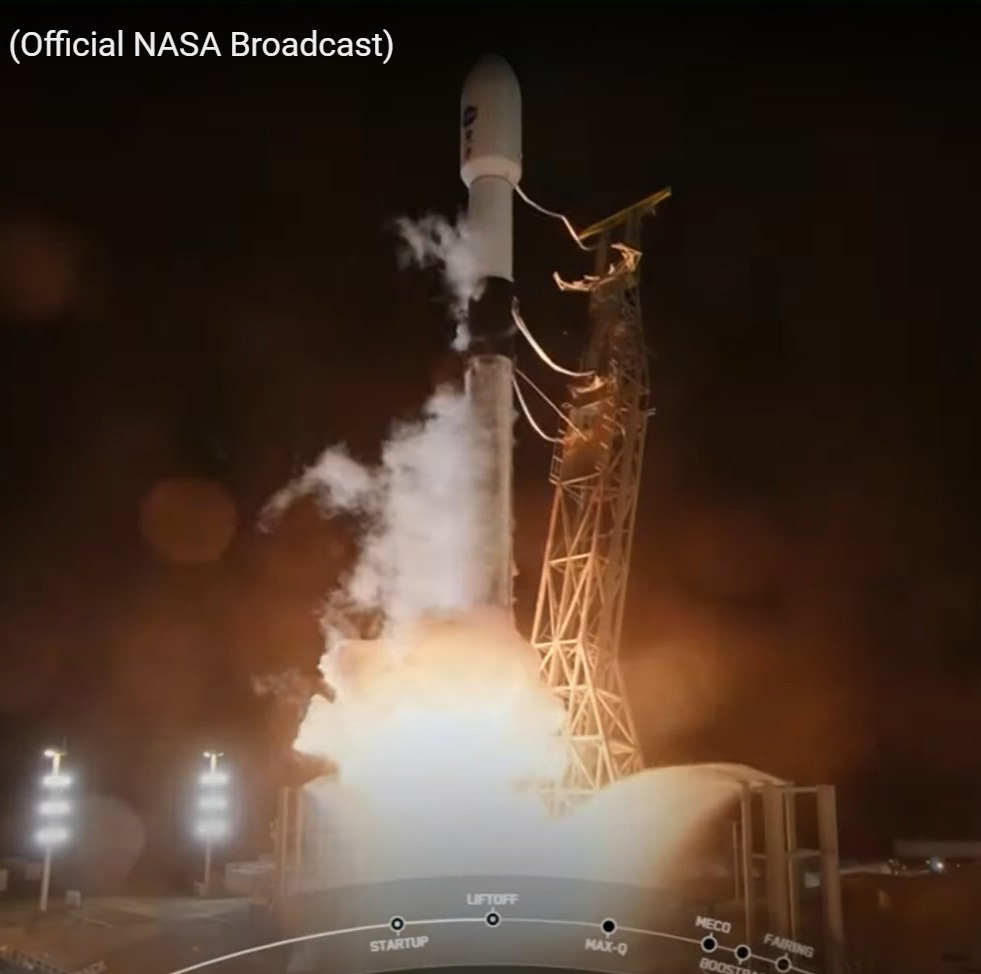
Credit for all NASA+ captures on this page: “SPHEREx and PUNCH Launch (Official NASA Broadcast).”YouTube, live stream by NASA, 11 Mar. 2025, https://youtube.com/watch?v=BqBUQoPW0Aw.
PUNCH (Polarimeter to UNify the Corona and Heliosphere) consists of four small satellites in a Sun synchronous polar orbit above the day/night terminator of Earth. Three of the suitcase sized satellites contain a Tele Vue designed and manufactured objective lens for the Wide Field Imager (WFI) cameras. Together, this constellation of satellites will study how the energy in the solar corona becomes the solar wind.
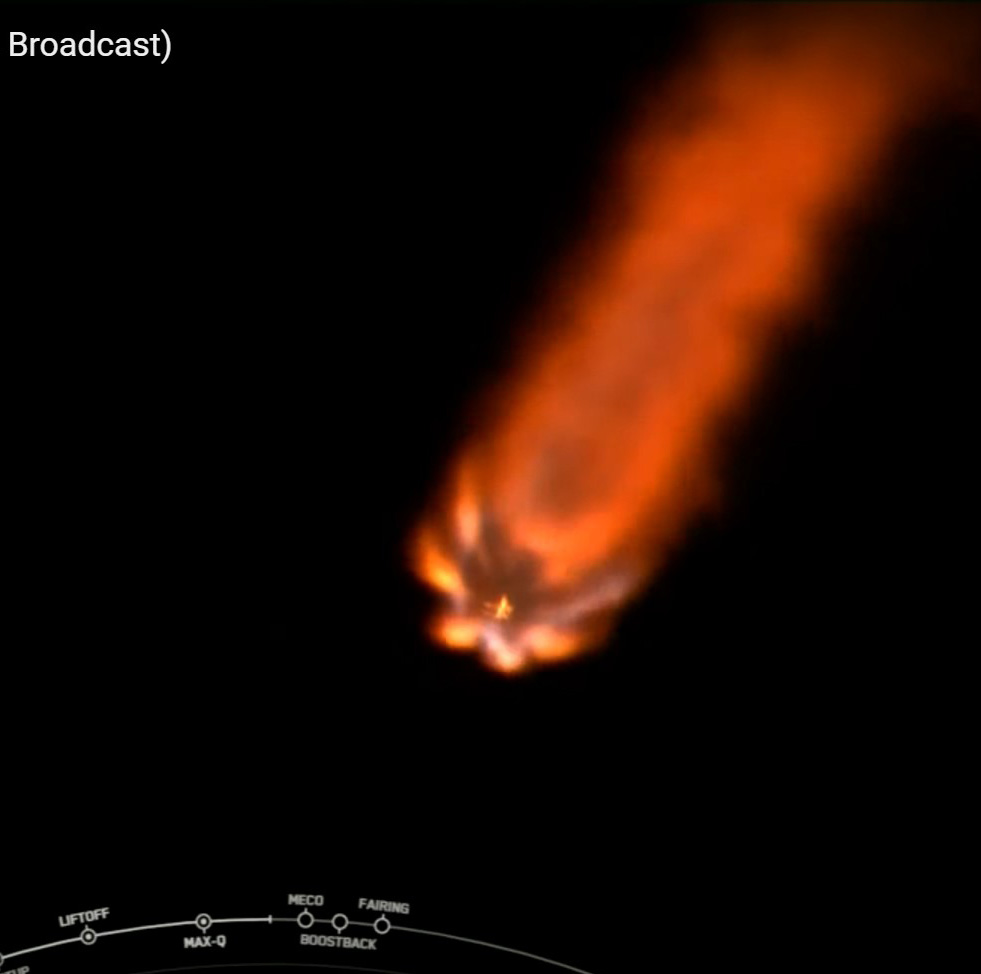
We hope you all saw the SpaceX Falcon 9 launch of the PUNCH satellites on March 11th, as it was live-streamed on NASA+. The rocket launched after sundown toward the south and a bit west over the Pacific Ocean. This was required to achieve a Sun-synchronous orbit over the day/night terminator. One of the big moments that aired live on NASA+ was when the fairing (nose cone) of the ship separated and revealed the satellites to space. After coasting a while, the individual PUNCH satellites were spring-ejected into space in pairs at about 50-seconds apart.
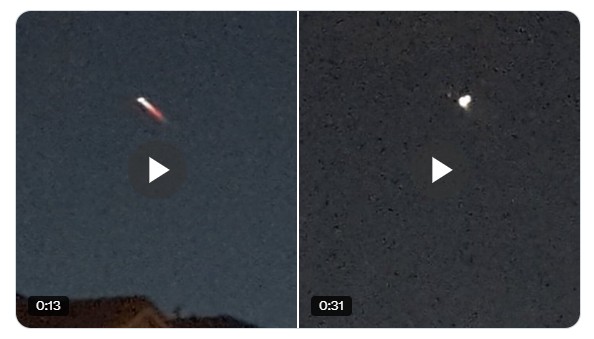
Dr. Craig DeForest, the PUNCH Principal Investigator, leads the PUNCH team at Southwest Research Institute. He is Tele Vue’s primary contact for the lens system we developed for the three PUNCH satellites that carry the Wide Field Imagers (WFI). Shortly after successful deployment, Craig passed this message to us from the PUNCH Project Manager.
PUNCH was successfully launched earlier this evening at 8:10:12pm Pacific Time, from Vandenberg Space Force Base, California! Our Mission Operations Center [MOC] at SwRI-Boulder successfully contacted all four spacecraft this evening. Initial indications are that all are healthy and are in Safe-Sun Point mode with the solar arrays deployed! The MOC team will be doing further health and performance assessments via additional passes overnight.
Ronnie Killough
Program Director
PUNCH Project Manager
Space Science & Engineering Division
Southwest Research Institute
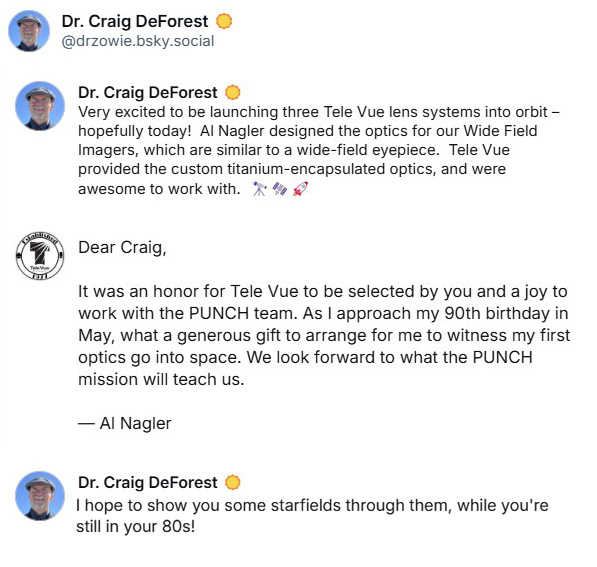
PUNCH Launch Highlights
PUNCH launched on a rideshare with NASA’s SPHEREx (Spectro-Photometer for the History of the Universe, Epoch of Reionization and Ices Explorer) a 3.5° x 11° wide field near-infrared telescope designed to take all-sky mosaics. It will be used to study the origin of the universe and galaxies. SPHEREx was ejected first followed by the PUNCH constellation.
This link to the start of launch coverage begins the 2-hour NASA+ PUNCH launch coverage on YouTube. Below we have launch highlights that will take you right to the key events in the video.
- PUNCH Mission Overview
- How PUNCH & SPHEREx Support the Artemis Mission to the Moon
- Ten Second Countdown and Launch
- Main Engine Cut Off and 2nd Stage Ignition
- PUNCH Mission’s Connection to Ancient Petroglyphs
- Fairing Separation exposes the spacecraft to space
- Dr. Craig DeForest in-person Interview
- PUNCH Constellation Deployment. The live stream could only capture one of each pair being deployed.
We’ll be displaying a prototype of the PUNCH lens at the Northeast Astronomy Forum in Suffern, NY on April 5 & 6, 2025. See https://www.neafexpo.com/ to learn how to attend. If you’re nice, Al will even let you look through it!
For more info on the PUNCH mission and the WFI lens, see our prior blog posts: PUNCH LAUNCH THIS WEEKEND and Solar Cycle 25: Up and Up!
Did you observe, sketch, or image with Tele Vue gear? We’ll like your social media post on that if you tag it #televue and the gear used. Example:
#televue #tv85 #ethos #jupiter
Do you want your Tele Vue images re-posted on Tele Vue Optics’ Social Media accounts? Use this hashtag for consideration:
#RPTVO



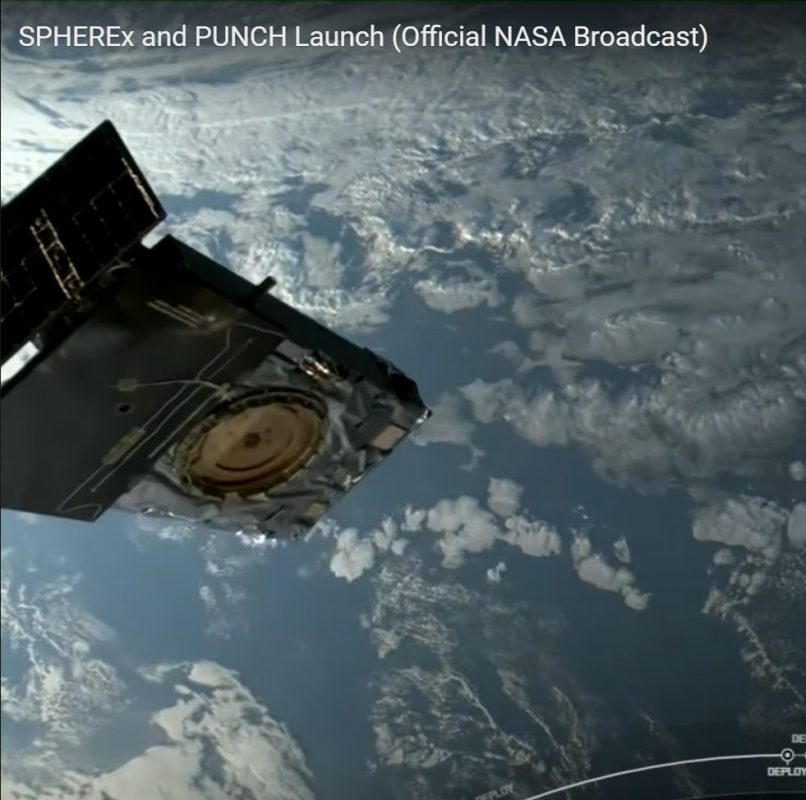
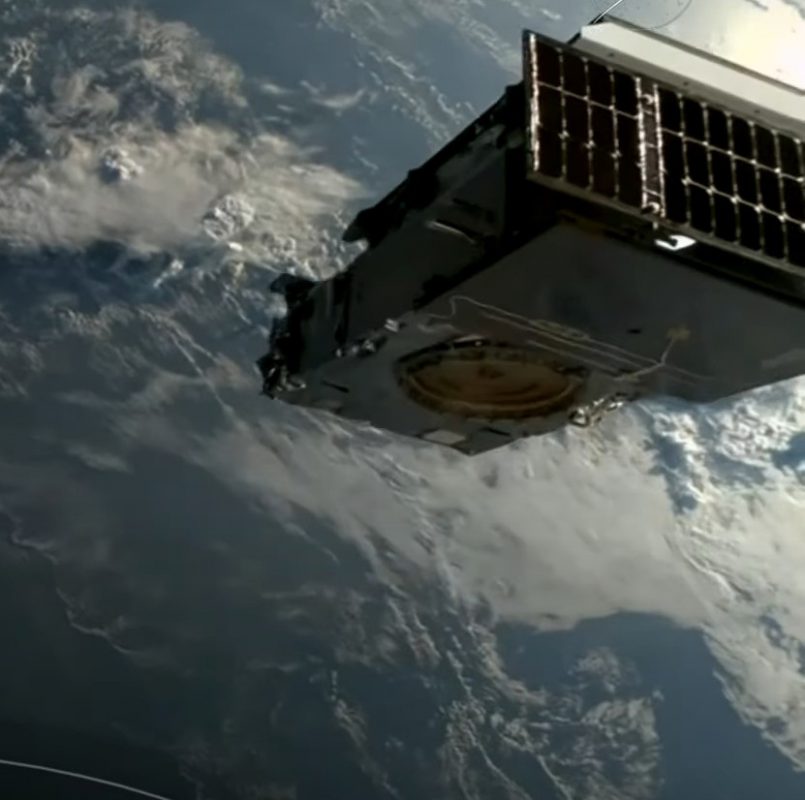
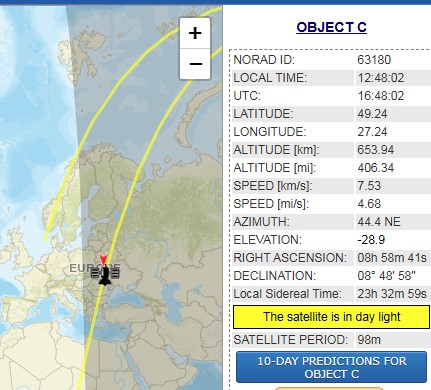
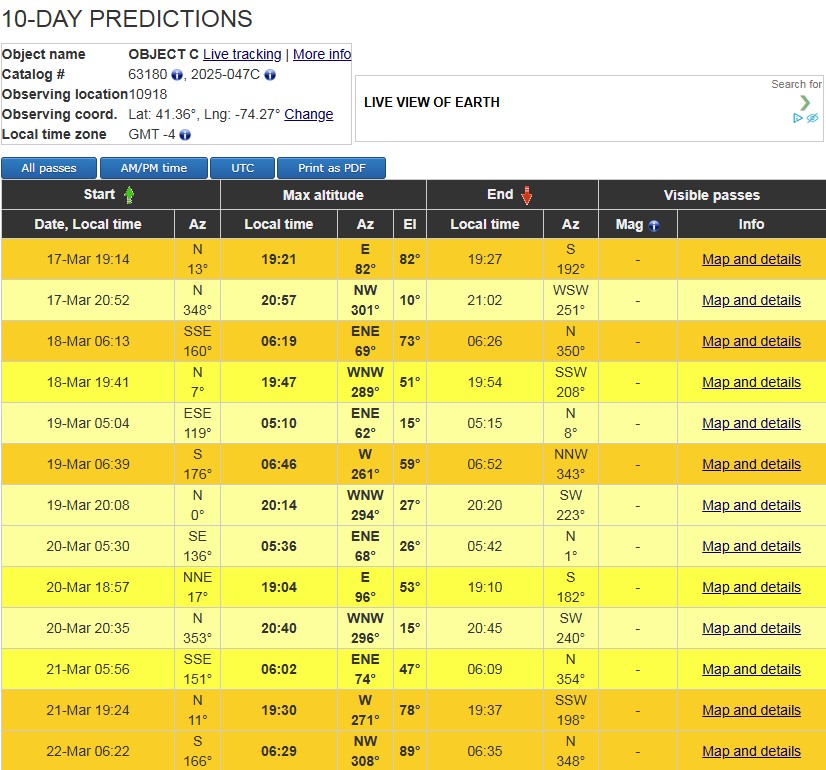


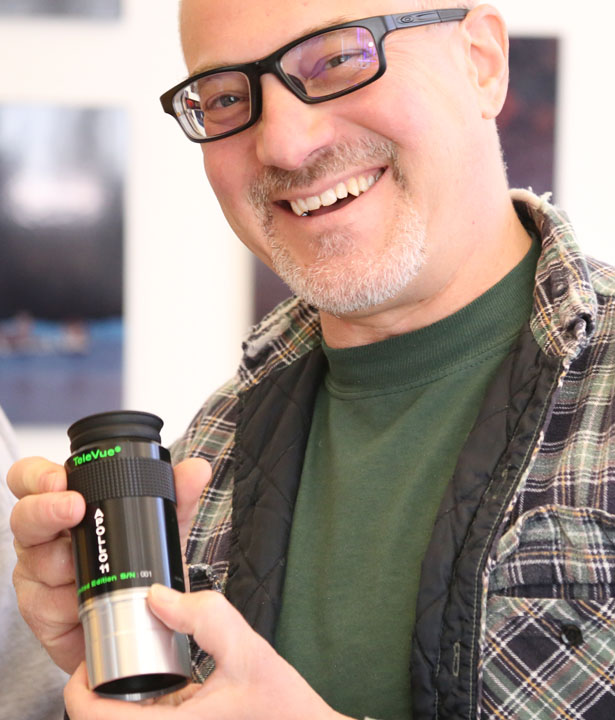
Happy 90th Uncle Al!!!!!!